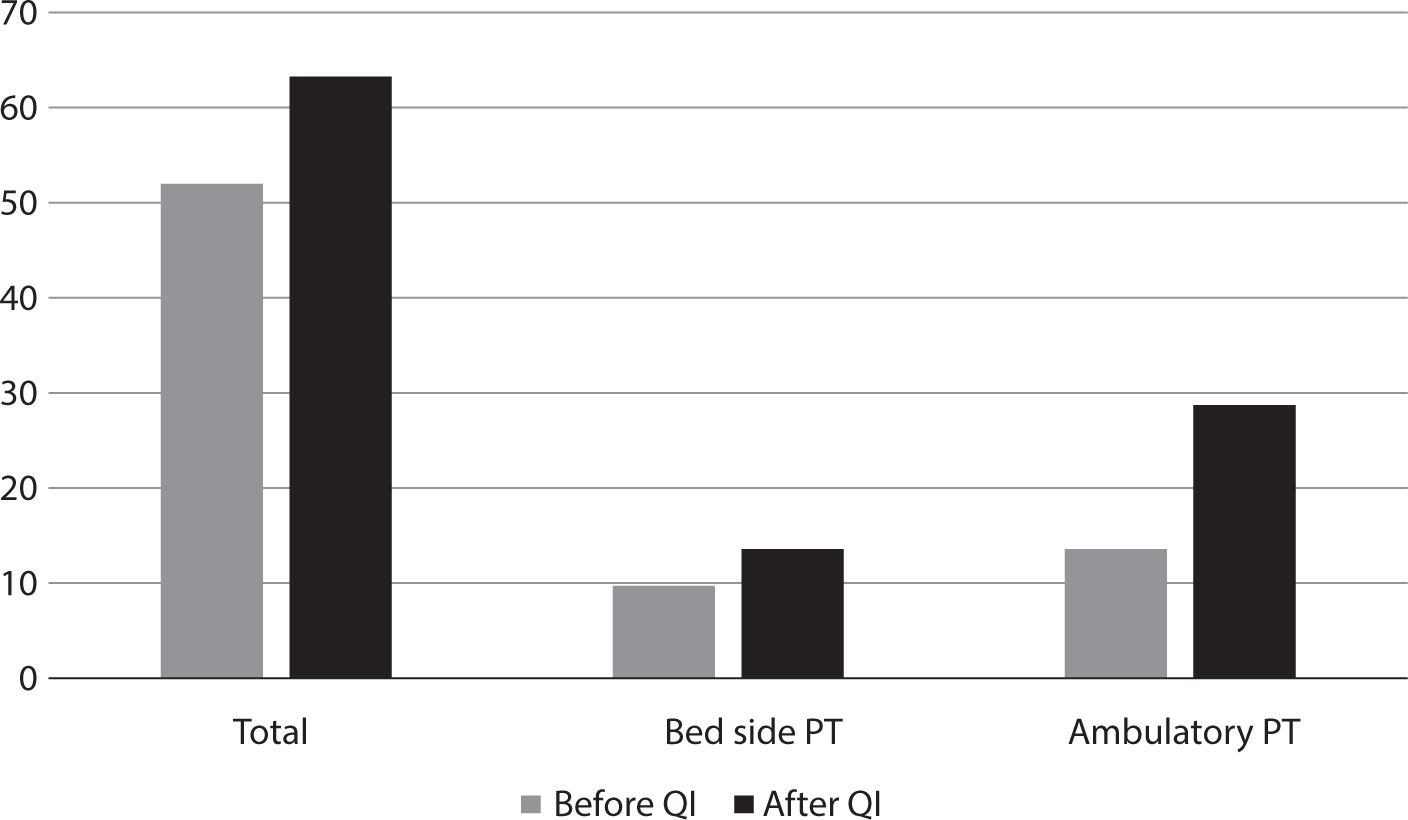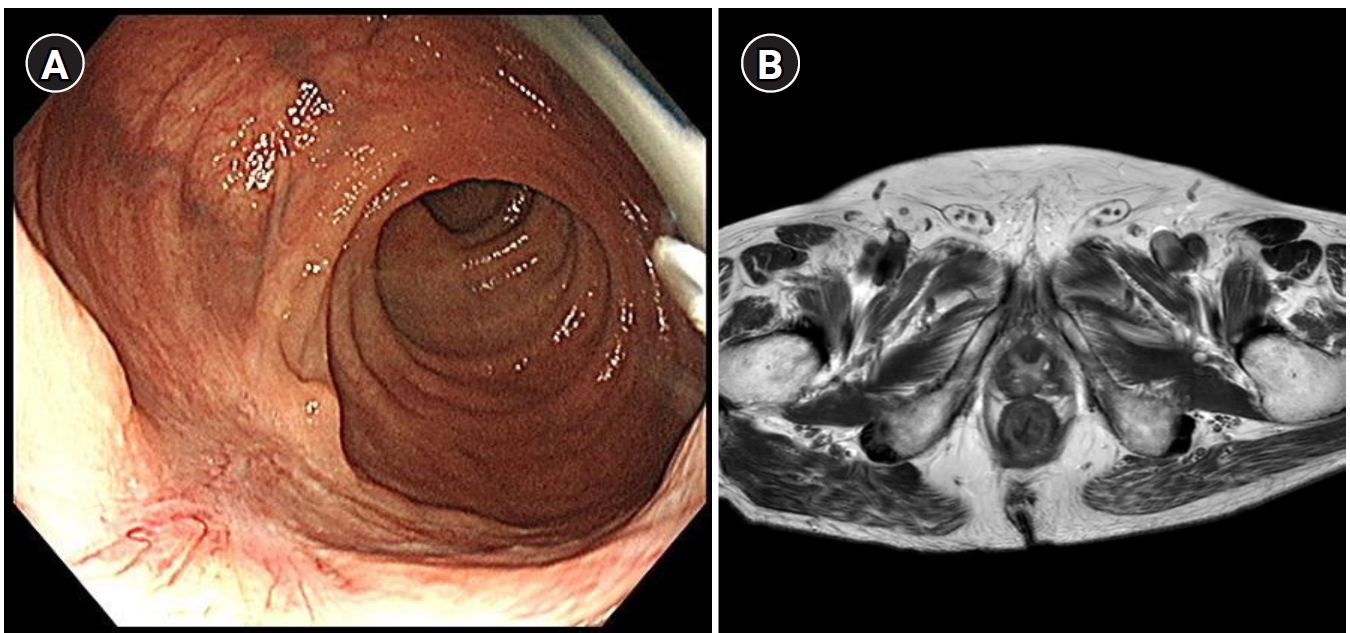

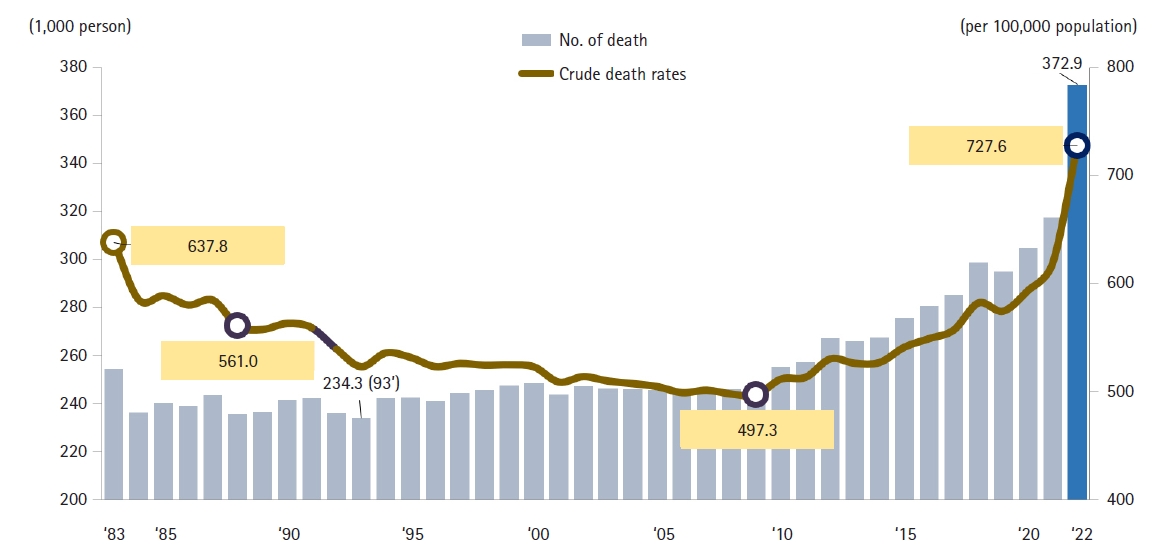
 , Juhee Seo
, Juhee Seo , Hyun Jung Park
, Hyun Jung Park
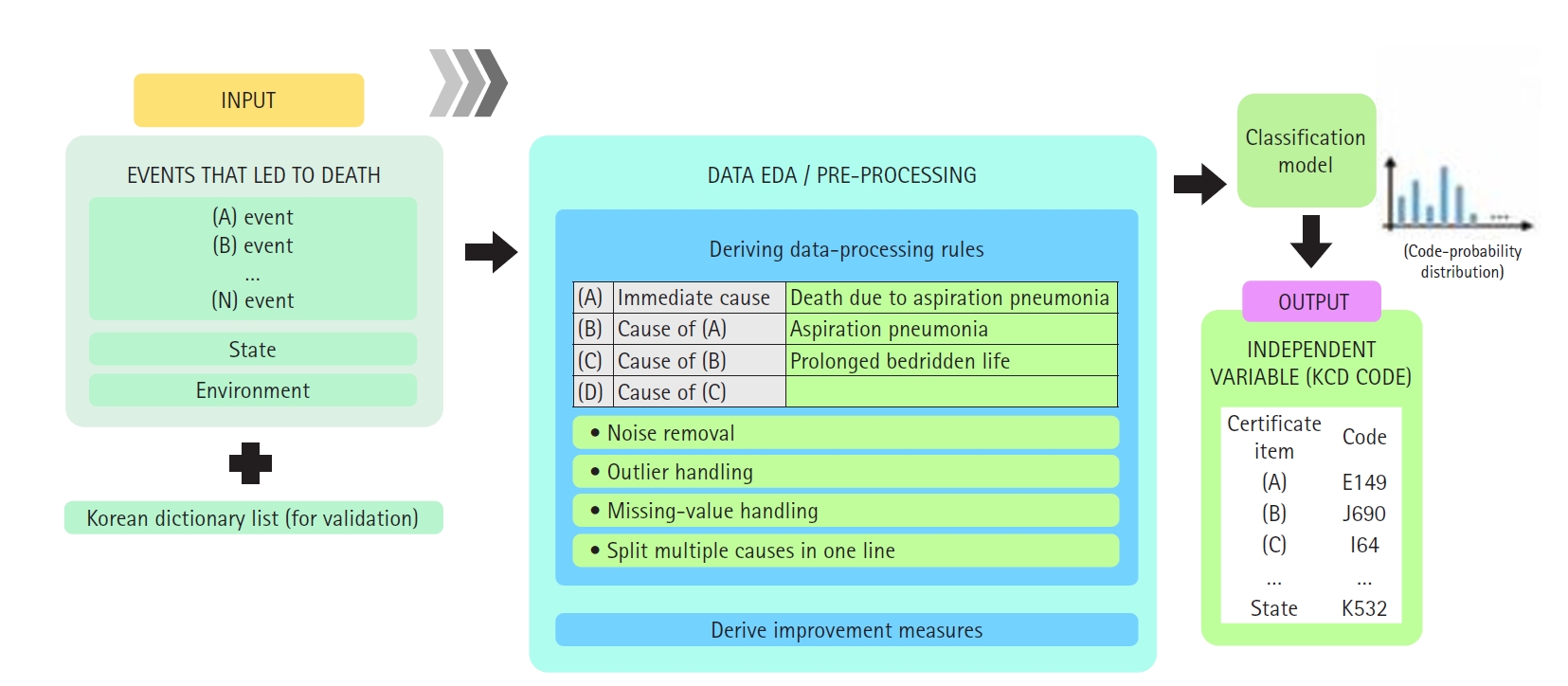
 , Gyeongmin Im
, Gyeongmin Im
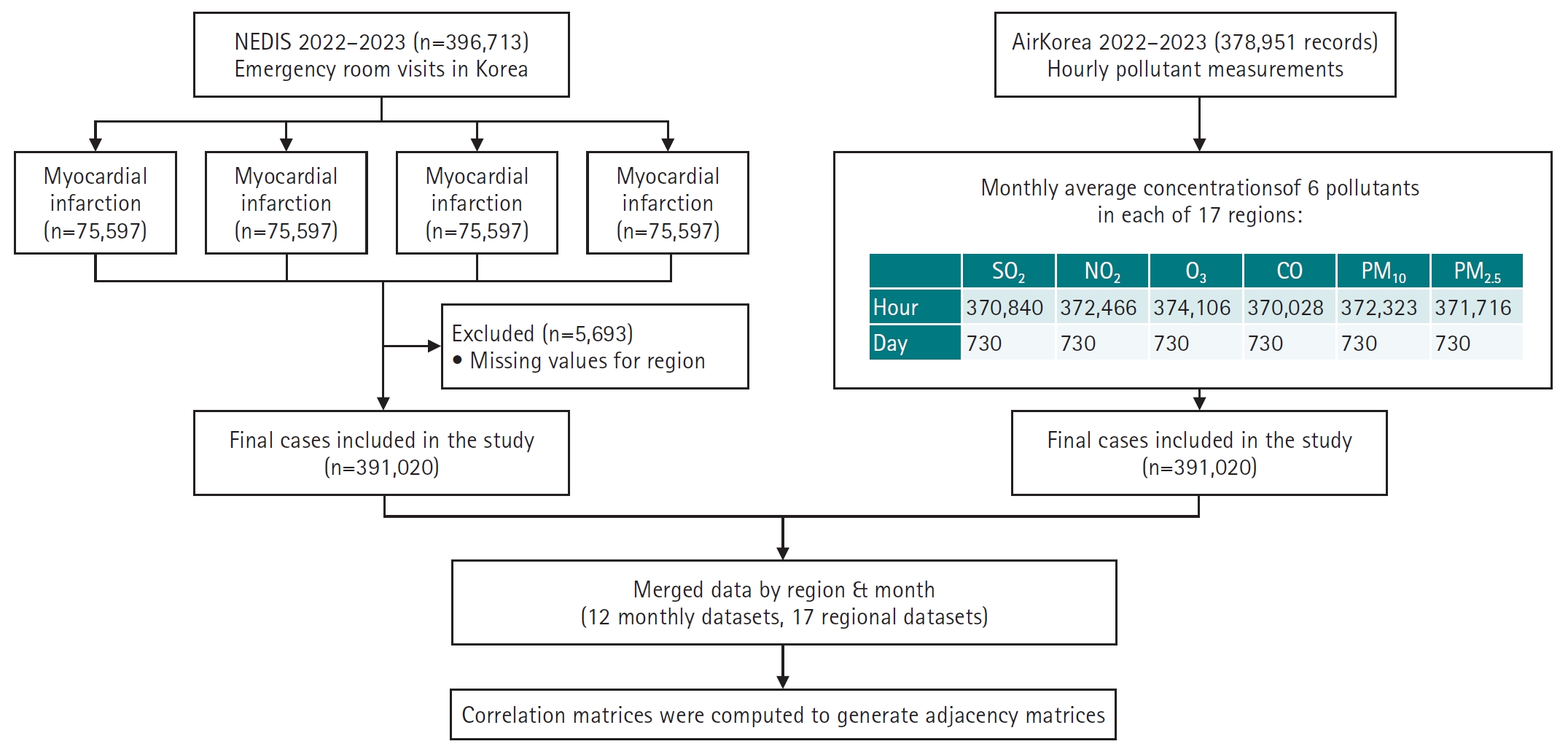
 , Seungpil Jeong
, Seungpil Jeong , Eunhee Ha
, Eunhee Ha
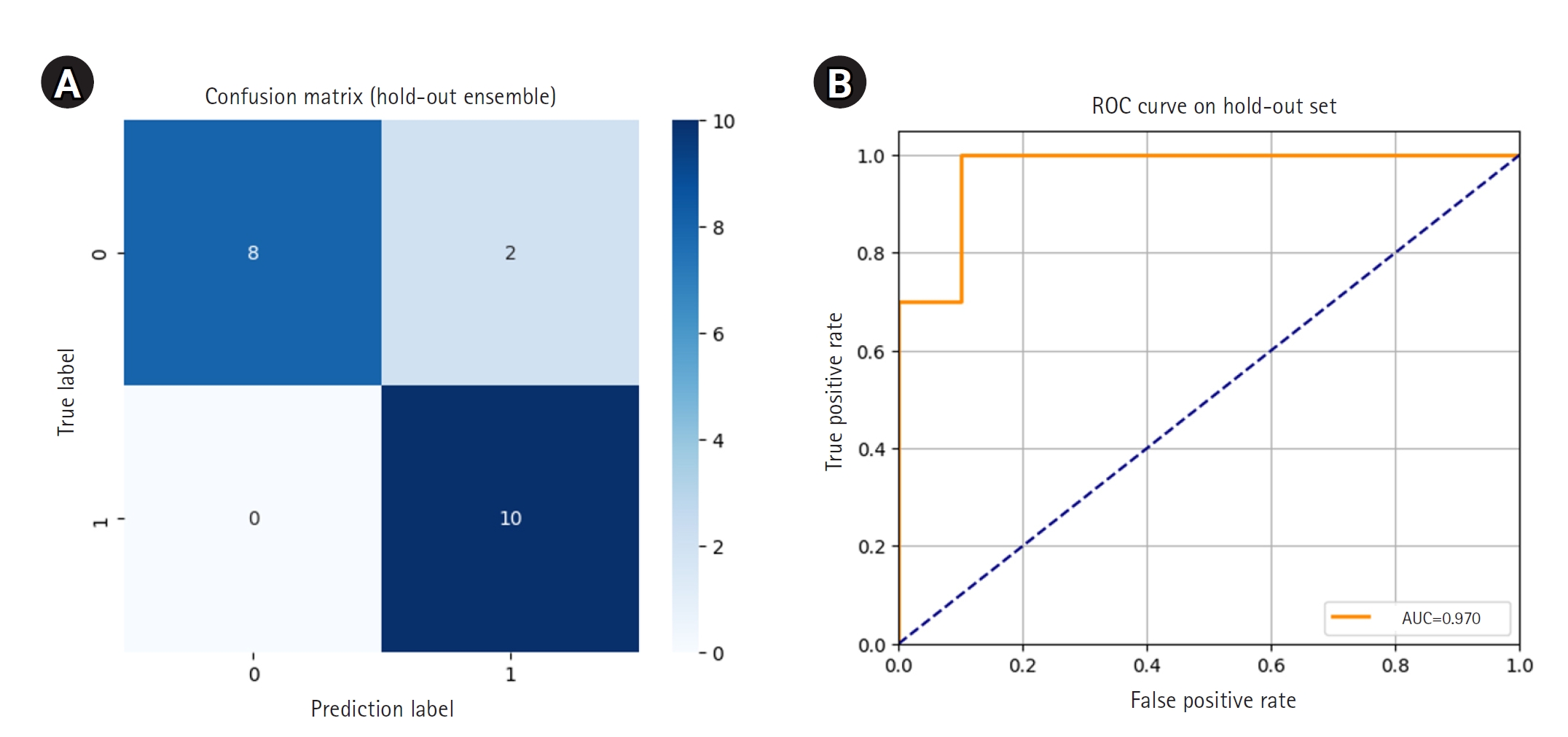
 , Sohyun Ahn
, Sohyun Ahn , Ji Yeon Byun
, Ji Yeon Byun
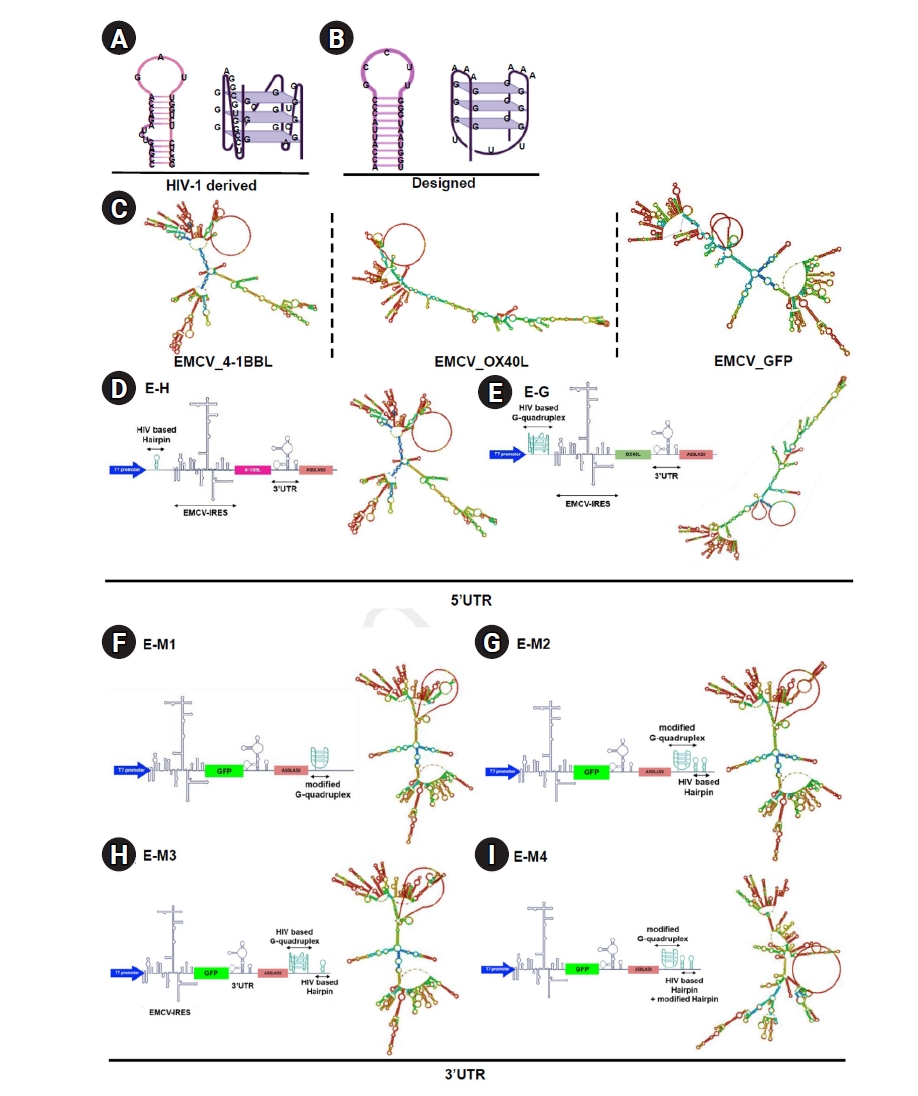
 , So-Hee Hong
, So-Hee Hong
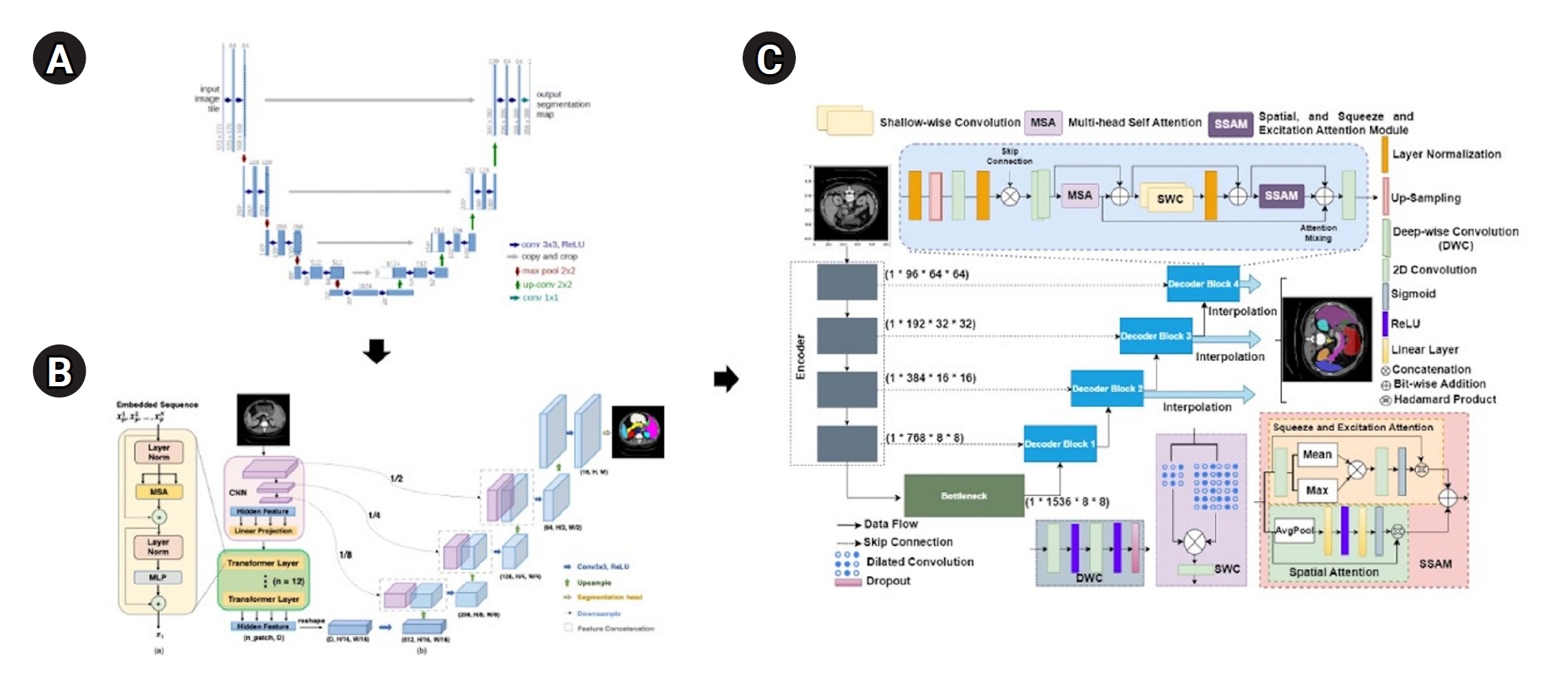
 , Jooyoung Choi
, Jooyoung Choi
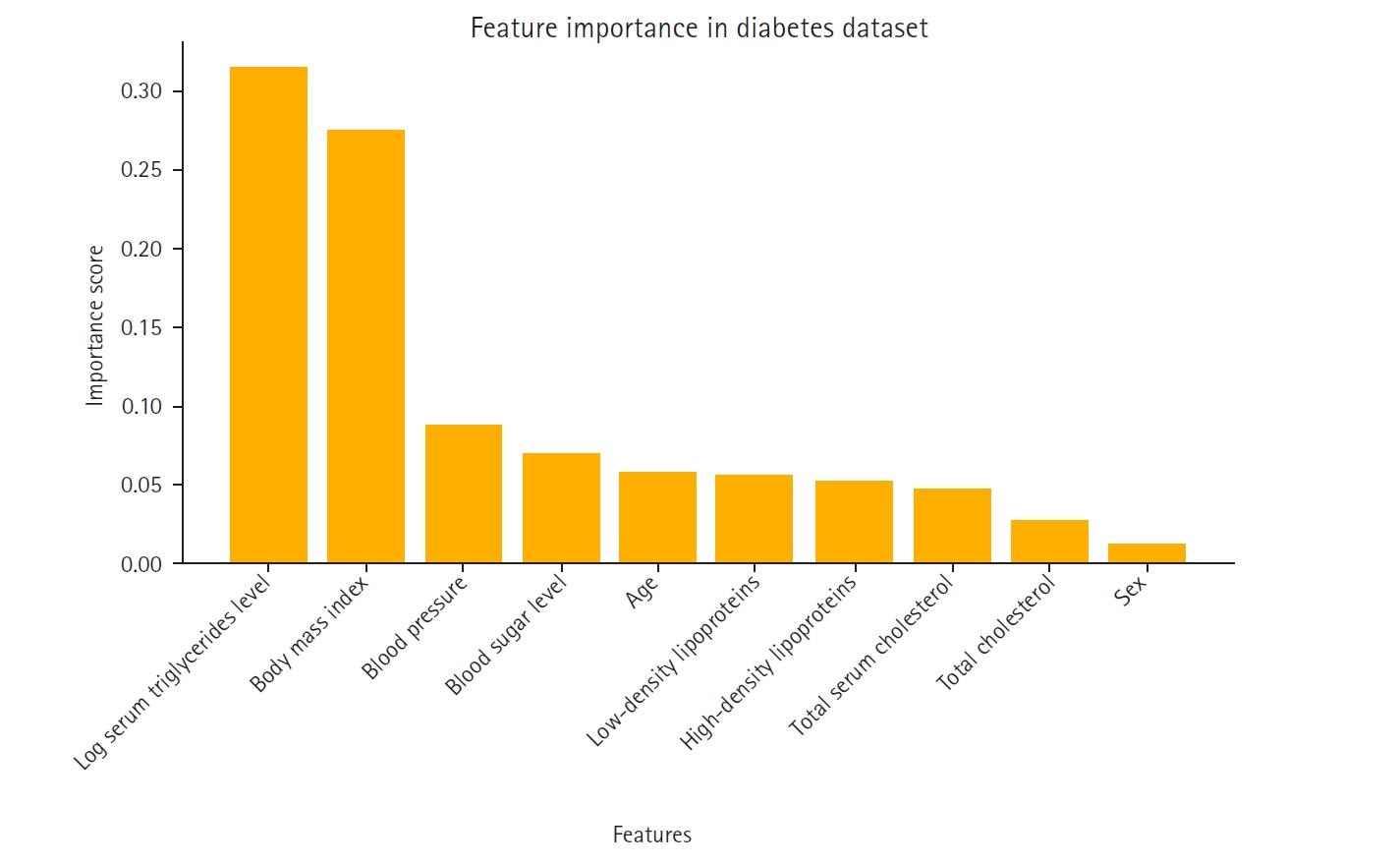

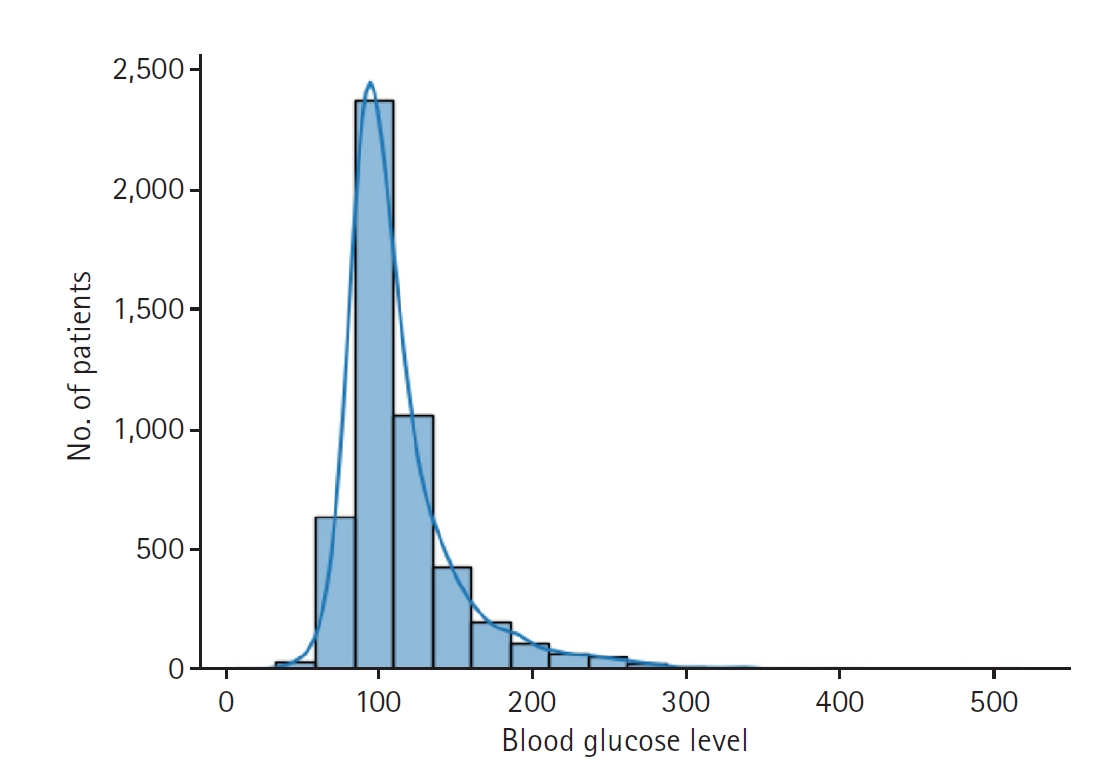
 , Seoyoung Kim
, Seoyoung Kim , Dohyoung Rim
, Dohyoung Rim
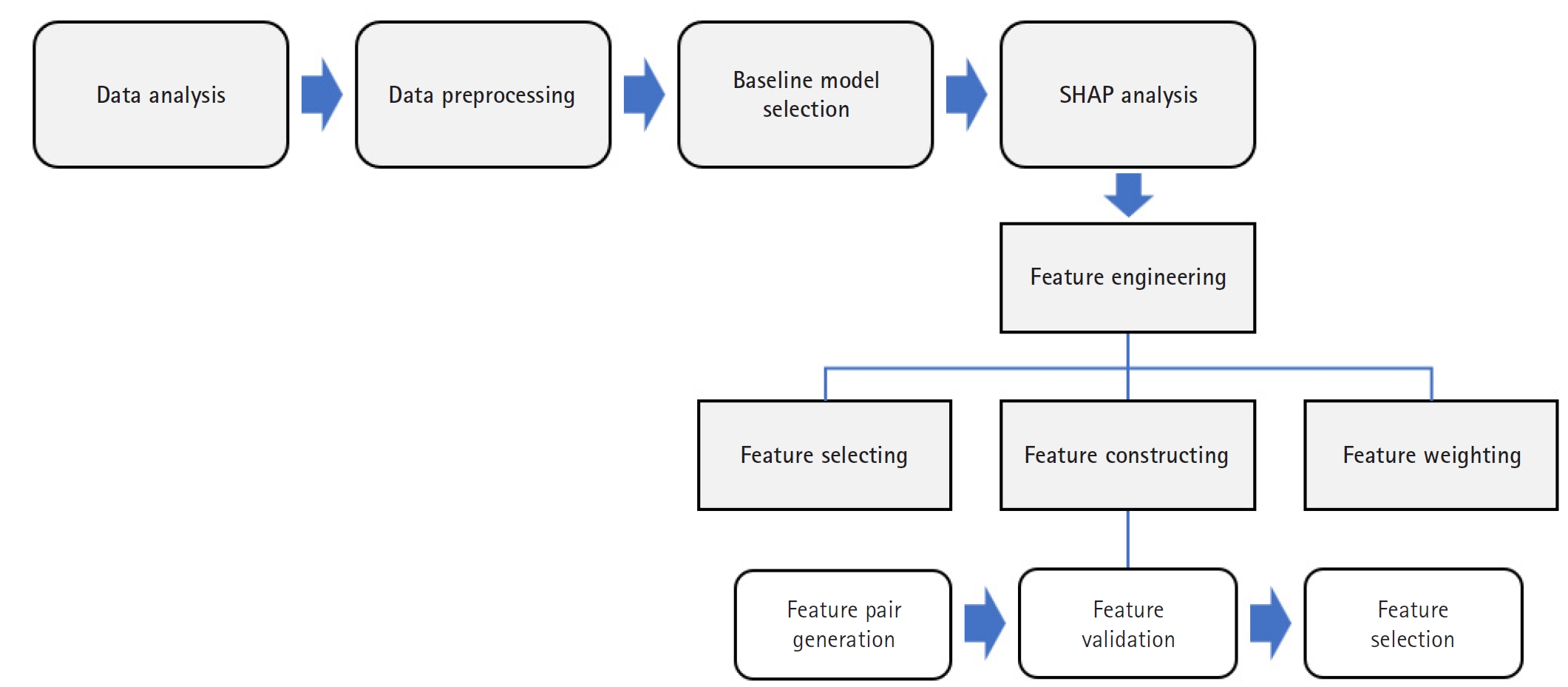

Citations

 , Eun-Kyoung Pang
, Eun-Kyoung Pang
Citations


 , Won Woong Lee
, Won Woong Lee , Haewoo Lee
, Haewoo Lee , Jin Yong Jun
, Jin Yong Jun , Jin-Won Noh
, Jin-Won Noh
Citations

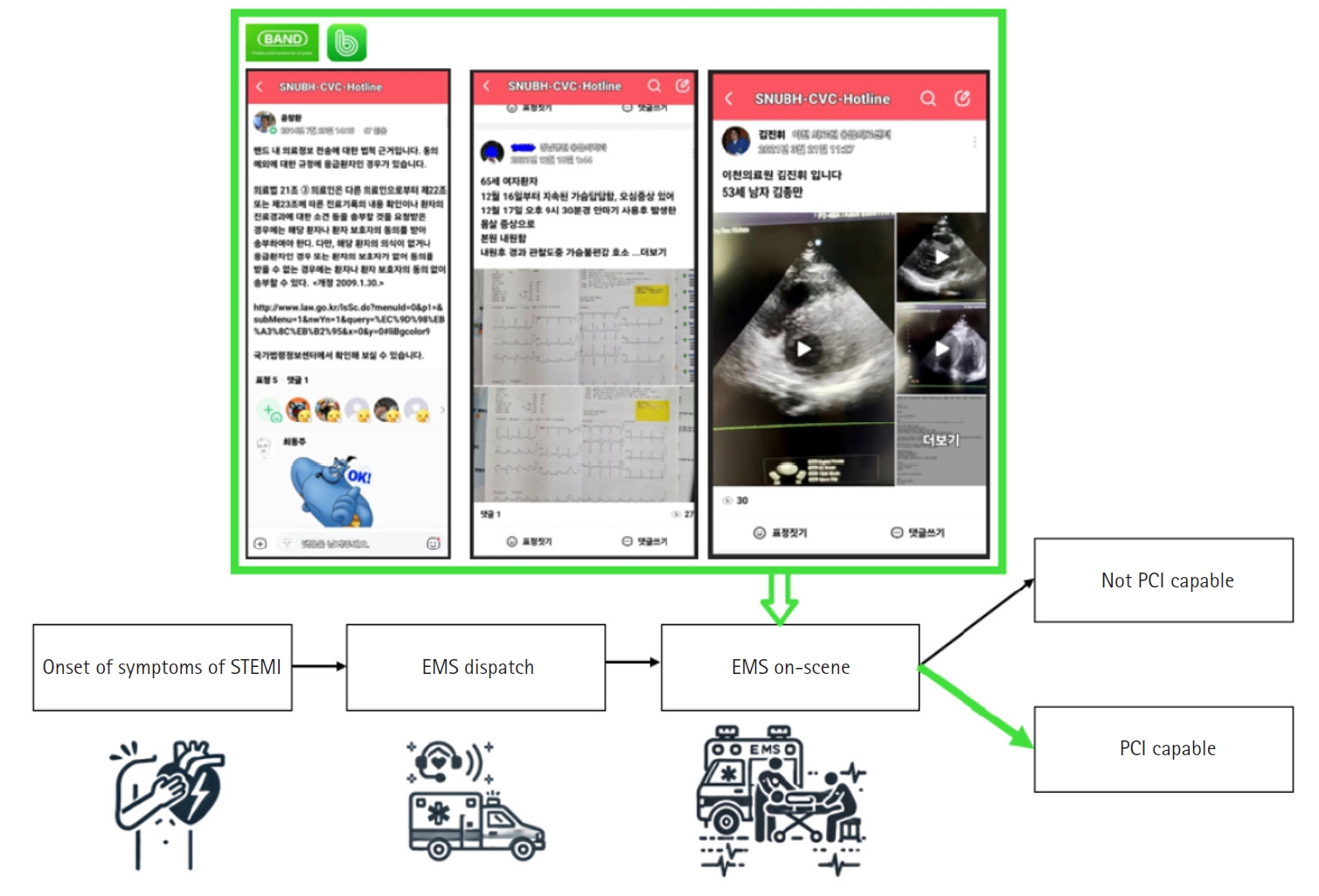

Citations


 , Bong-Kwang Jung
, Bong-Kwang Jung , Hyun-Jong Yang
, Hyun-Jong Yang
Citations

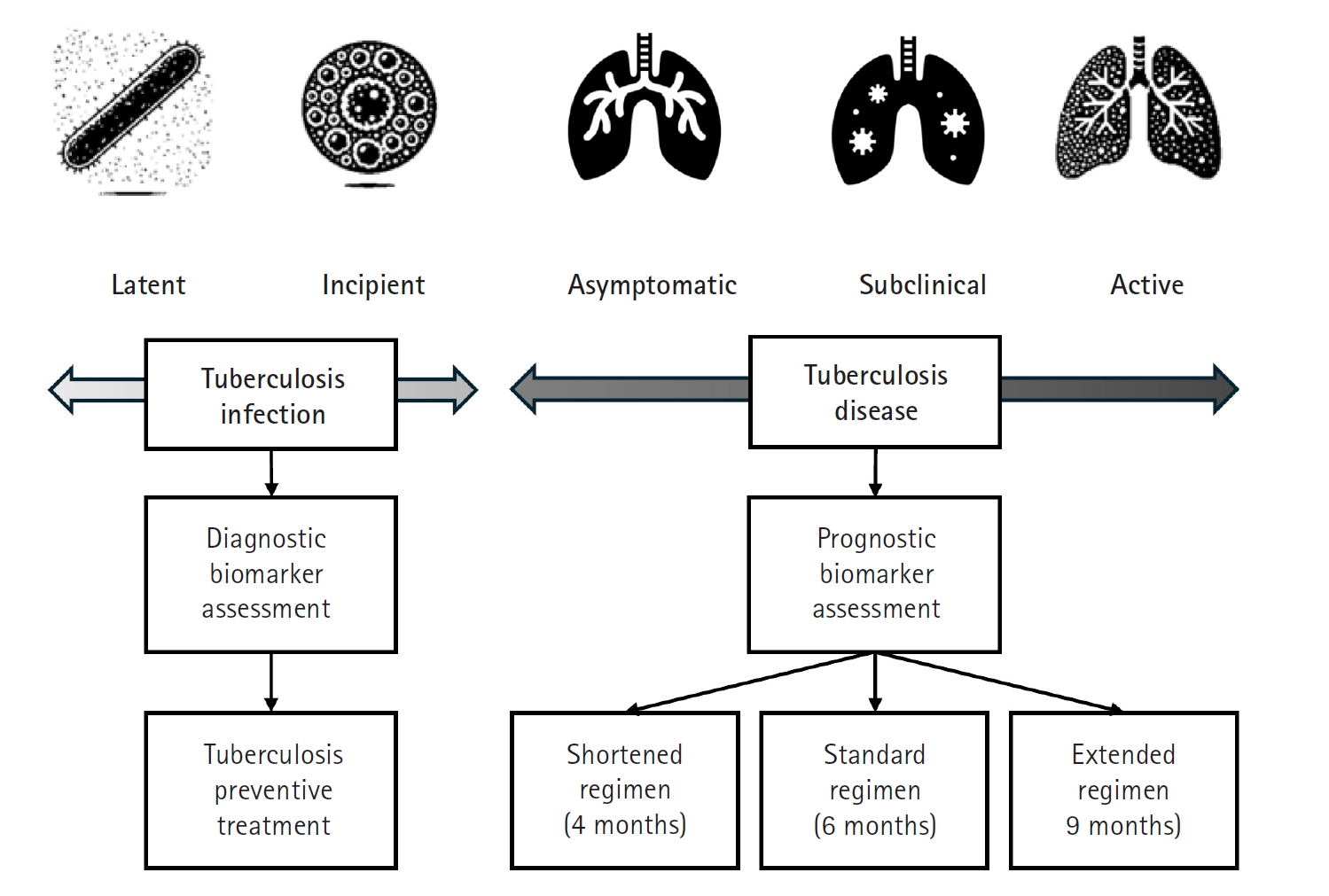
 , Bruno B. Andrade
, Bruno B. Andrade , Ju Sang Kim
, Ju Sang Kim , Yoolwon Jeong
, Yoolwon Jeong
Citations

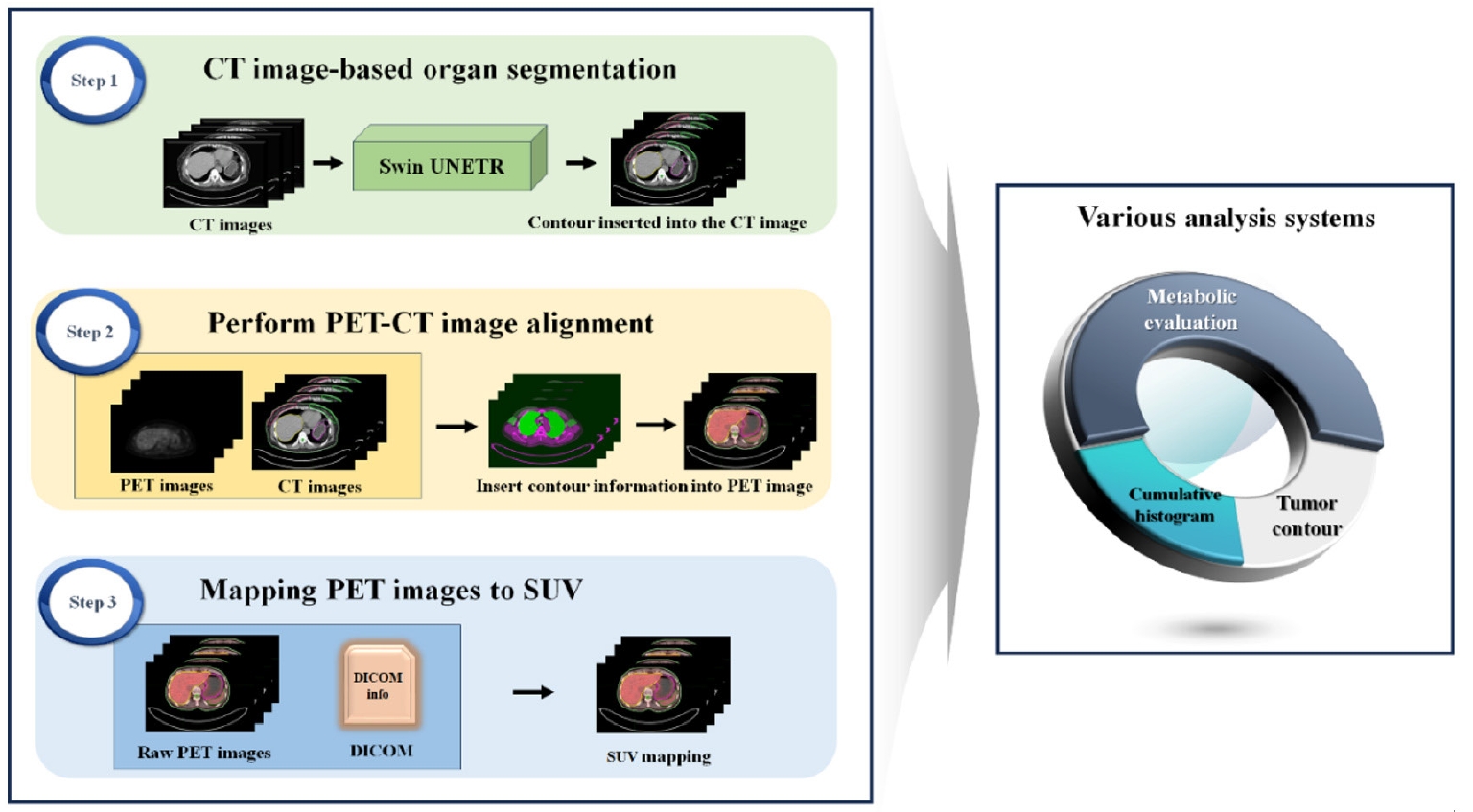
 , Joonil Hwang
, Joonil Hwang , Hai-Jeon Yoon
, Hai-Jeon Yoon , So Hyun Ahn
, So Hyun Ahn


Citations



Citations



Citations

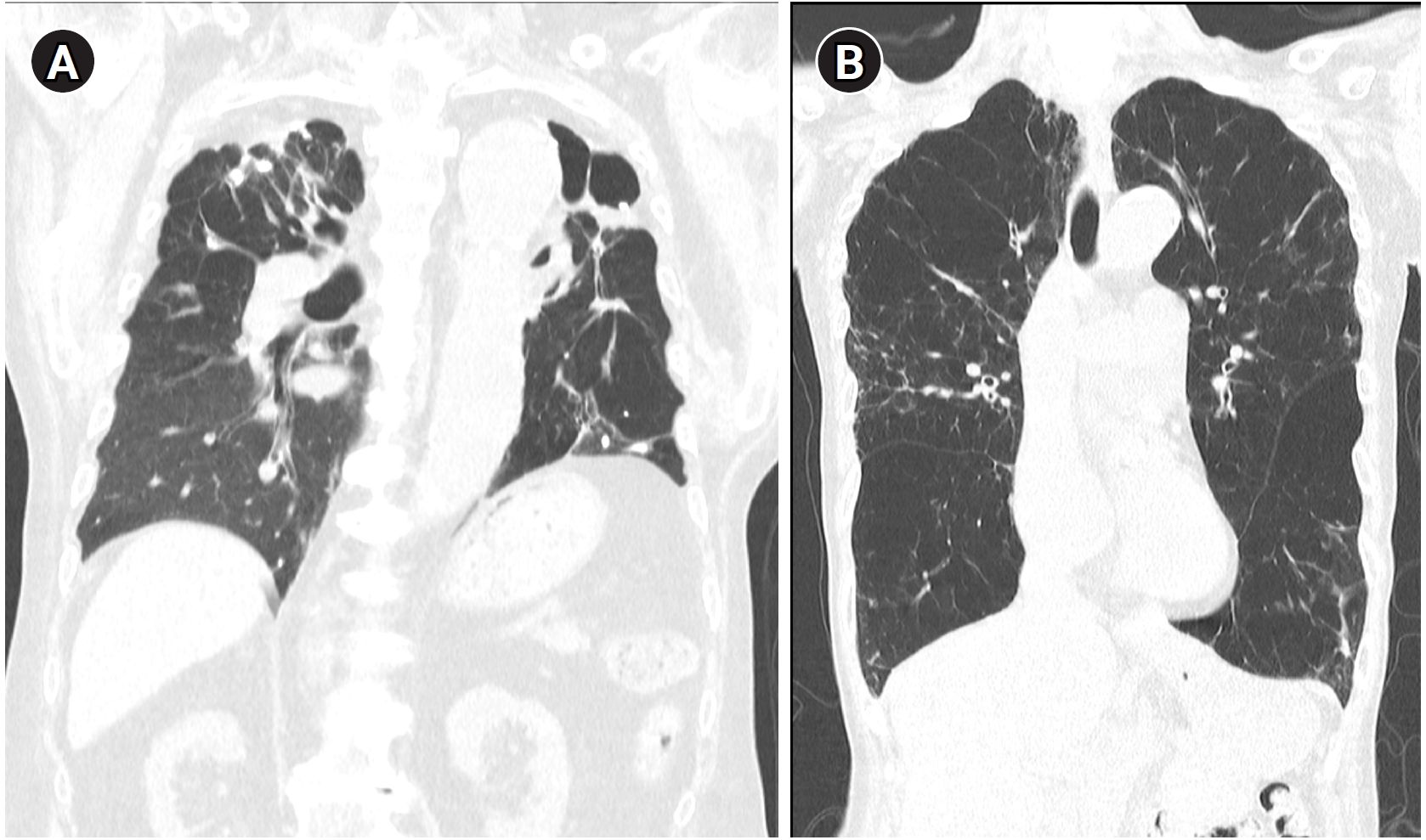

Citations

This review examines the challenges associated with occupational disease surveillance in Korea, particularly emphasizing the limitations of current data sources such as the Industrial Accident Compensation Insurance (IACI) statistics and special health examinations. The IACI system undercounts cases due to its emphasis on severe diseases and restrictions on approvals. Special health examinations, although they cover a broad workforce, are constrained by their annual scheduling, which leads to missed acute illnesses and subclinical conditions. The paper also explores the history of occupational disease surveillance in Korea, highlighting the fragmented and disease-specific approach of earlier systems. The authors introduce the newly established Korea Occupational Disease Surveillance Center (KODSC), a comprehensive nationwide system designed to gather, analyze, and interpret data on occupational diseases through a network of regional centers. By incorporating hospital-based surveillance and focusing on acute poisonings and other sentinel events, the KODSC aims to overcome the limitations of previous systems and promote collaboration with various agencies. Although it is still in the early stages of implementation, the KODSC demonstrates potential for improving data accuracy and contributing valuable insights for public health policy.
Citations

Shoulder pain is a common complaint in primary care settings. The prevalence of shoulder pain is on the rise, especially in societies with aging populations. Like other joint-related conditions, shoulder pain is predominantly caused by degenerative diseases. These degenerative changes typically affect bones, tendons, and cartilage, with common conditions including degenerative rotator cuff tears, impingement syndrome, and osteoarthritis. Diagnosing these degenerative diseases in older adults requires a thorough understanding of basic anatomy, general physical examination techniques, and specific diagnostic tests. This review aims to outline the fundamental physical examination methods for diagnosing shoulder pain in older adult patients in primary care. The shoulder's complex anatomy and its broad range of motion underscore the need for a systematic approach to evaluation. Routine inspection and palpation can identify signs such as muscle atrophy, bony protrusions, or indications of degenerative changes. Assessing range of motion, and distinguishing between active and passive deficits, is crucial for differentiating conditions like frozen shoulder from rotator cuff tears. Targeted strength tests, such as the empty can, external rotation lag, liftoff, and belly press tests, are instrumental in isolating specific rotator cuff muscles. Additionally, impingement tests, including Neer’s and Hawkins’ signs, are useful for detecting subacromial impingement. A comprehensive understanding of shoulder anatomy and a systematic physical examination are vital for accurately diagnosing shoulder pain in older adults. When properly executed and interpreted in the clinical context, these maneuvers help differentiate between various conditions, ranging from degenerative changes to rotator cuff pathology.
Health and safety issues in micro and small enterprises (MSEs) are recognized as a global challenge. This study aimed to examine Workers' Health Centers (WHCs) as a representative public organization providing occupational health services to MSEs in Korea. WHCs were established in 2011 after a trial period aimed at addressing occupational diseases in MSEs with limited resources. As of 2024, there are 24 WHCs, 22 branch offices, and 23 trauma counseling centers for workers. These health centers are managed by the Korea Occupational Safety and Health Agency, with their actual operation delegated to private organizations. Each WHC employs an average of 13 staff members and is organized into four specialized teams: cardiovascular disease prevention, workplace environment improvement, musculoskeletal disease prevention, and occupational stress management. These centers also offer common basic programs along with region-specific specialized initiatives. In 2023, the total cumulative number of users reached 203,877, with employees from MSEs comprising approximately 88.5% of the total. WHCs can thus be seen as playing a pivotal role as case managers of health requirements in the workplace by fostering strong relationships with MSEs and linking them to other relevant programs through a problem-solving-oriented approach. Given the limited resources of these enterprises, proactive policies and the equitable application of safety and health regulations are essential. A balanced strategy that combines regulatory enforcement with practical assistance is critical to ensure the success of WHCs in improving health and safety conditions in MSEs.
Shoulder diseases pose a significant health challenge for older adults, often causing pain, functional decline, and decreased independence. This narrative review explores how deep learning (DL) can address diagnostic challenges by automating tasks such as image segmentation, disease detection, and motion analysis. Recent research highlights the effectiveness of DL-based convolutional neural networks and machine learning frameworks in diagnosing various shoulder pathologies. Automated image analysis facilitates the accurate assessment of rotator cuff tear size, muscle degeneration, and fatty infiltration in MRI or CT scans, frequently matching or surpassing the accuracy of human experts. Convolutional neural network-based systems are also adept at classifying fractures and joint conditions, enabling the rapid identification of common causes of shoulder pain from plain radiographs. Furthermore, advanced techniques like pose estimation provide precise measurements of the shoulder joint's range of motion and support personalized rehabilitation plans. These automated approaches have also been successful in quantifying local osteoporosis, utilizing machine learning-derived indices to classify bone density status. DL has demonstrated significant potential to improve diagnostic accuracy, efficiency, and consistency in the management of shoulder diseases in older patients. Machine learning-based assessments of imaging data and motion parameters can help clinicians optimize treatment plans and improve patient outcomes. However, to ensure their generalizability, reproducibility, and effective integration into routine clinical workflows, large-scale, prospective validation studies are necessary. As data availability and computational resources increase, the ongoing development of DL-driven applications is expected to further advance and personalize musculoskeletal care, benefiting both healthcare providers and the aging population.
This review classifies and summarizes the major shoulder diseases affecting older adults, focusing on rotator cuff disease, frozen shoulder, osteoarthritis, and shoulder instability. It explores each condition's pathophysiology, risk factors, clinical presentation, diagnostic approaches, and treatment strategies to guide clinicians in optimizing patient outcomes and enhancing quality of life. Age-related degenerative changes, comorbidities, and distinct etiological factors contribute to the presentation of shoulder disorders in older adults. Rotator cuff disease ranges from tendinopathy to full-thickness tears and is influenced by genetic predispositions, inflammatory cytokines, and muscle quality. Frozen shoulder results from fibroproliferative changes in the capsule, leading to significant pain and restricted motion. Osteoarthritis involves cartilage degeneration and bony remodeling, often necessitating surgical interventions such as arthroplasty. Shoulder instability, though less frequent, is complicated by associated injuries like rotator cuff tears and fractures, requiring tailored management strategies. Advances in imaging techniques, biologic treatments, and surgical procedures, particularly arthroscopic and arthroplasty options, have improved diagnostic accuracy and therapeutic outcomes. A thorough classification of shoulder diseases in older adult patients highlights the complexity of managing these conditions. Effective treatment requires individualized approaches that integrate conservative measures with emerging biologic or surgical therapies. Future research should focus on targeted interventions, standardized diagnostic criteria, and multidisciplinary collaboration to minimize disability, optimize function, and improve overall quality of life in this growing patient population. Multimodal strategies, including patient education, structured rehabilitation, and psychosocial support, further enhance long-term adherence and outcomes. Ongoing vigilance for comorbidities, such as osteoporosis or metabolic disorders, is necessary for comprehensive care.
This study explores the development, roles, and key initiatives of the Regional Environmental Health Centers in Korea, detailing their evolution through four distinct phases and their impact on environmental health policy and local governance. It chronicles the establishment and transformation of these centers from their inception in May 2007, through four developmental stages. Originally named Environmental Disease Research Centers, they were subsequently renamed Environmental Health Centers following legislative changes. The analysis includes the expansion in the number of centers, the transfer of responsibilities to local governments, and the launch of significant projects such as the Korean Children’s Environmental Health Study (Ko-CHENS ). During the initial phase (May 2007–February 2009), the 10 centers concentrated on research-driven activities, shifting from a media-centered to a receptor-centered approach. In the second phase, prompted by the enactment of the Environmental Health Act, six additional centers were established, broadening their scope to address national environmental health issues. The third phase introduced Ko-CHENS, a 20-year national cohort project designed to influence environmental health policy by integrating research findings into policy frameworks. The fourth phase marked a decentralization of authority, empowering local governments and redefining the centers' roles to focus on regional environmental health challenges. The Regional Environmental Health Centers have significantly evolved and now play a crucial role in addressing local environmental health issues and supporting local government policies. Their capacity to adapt and respond to region-specific challenges is essential for the effective implementation of environmental health policies, reflecting geographical, socioeconomic, and demographic differences.
